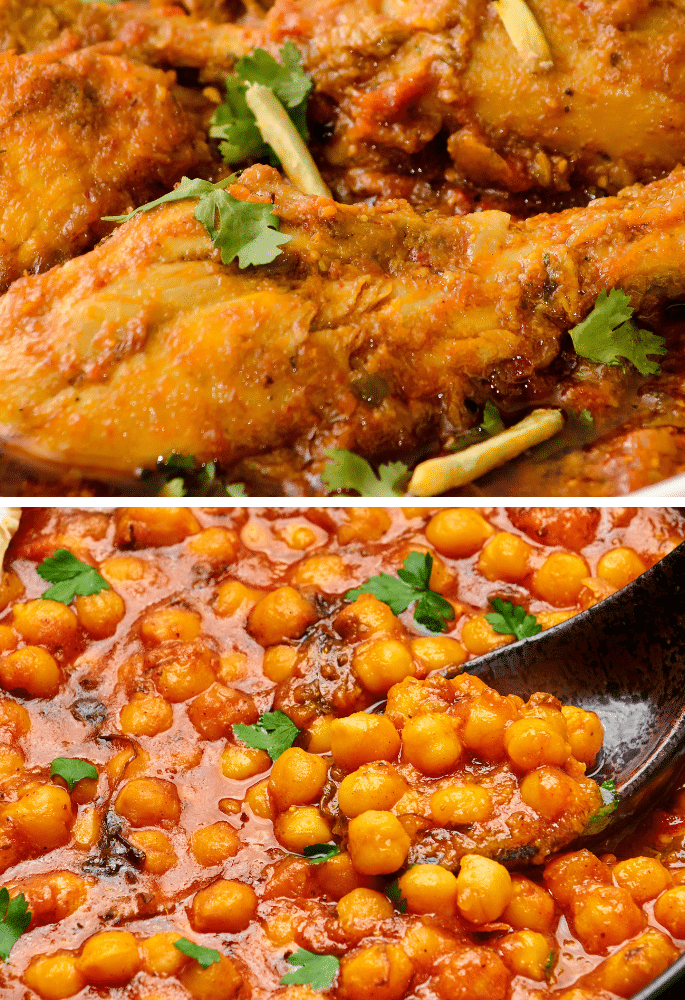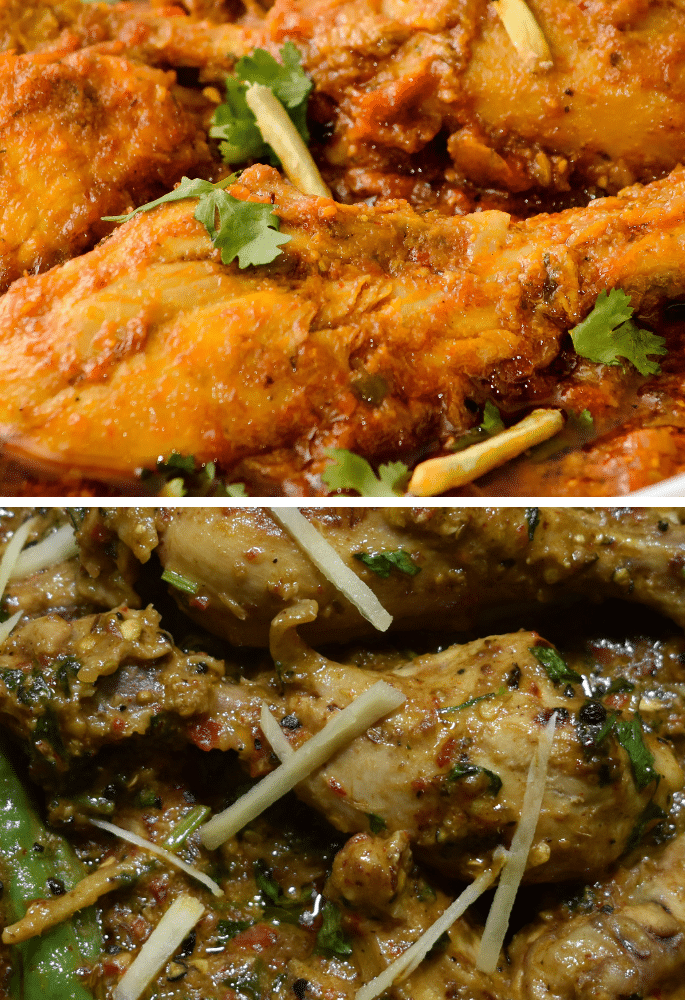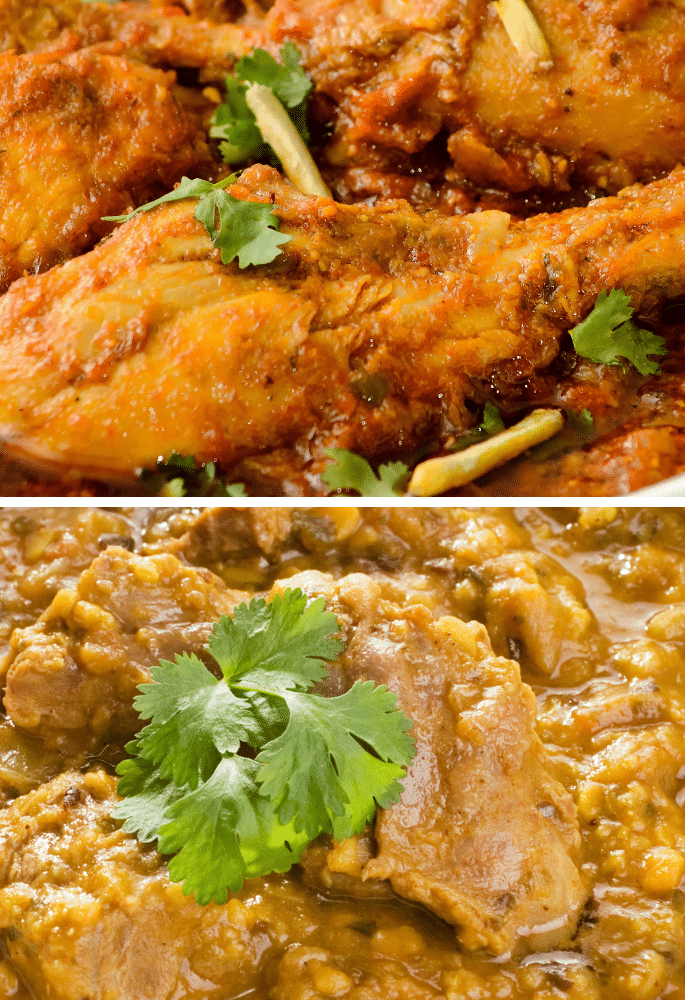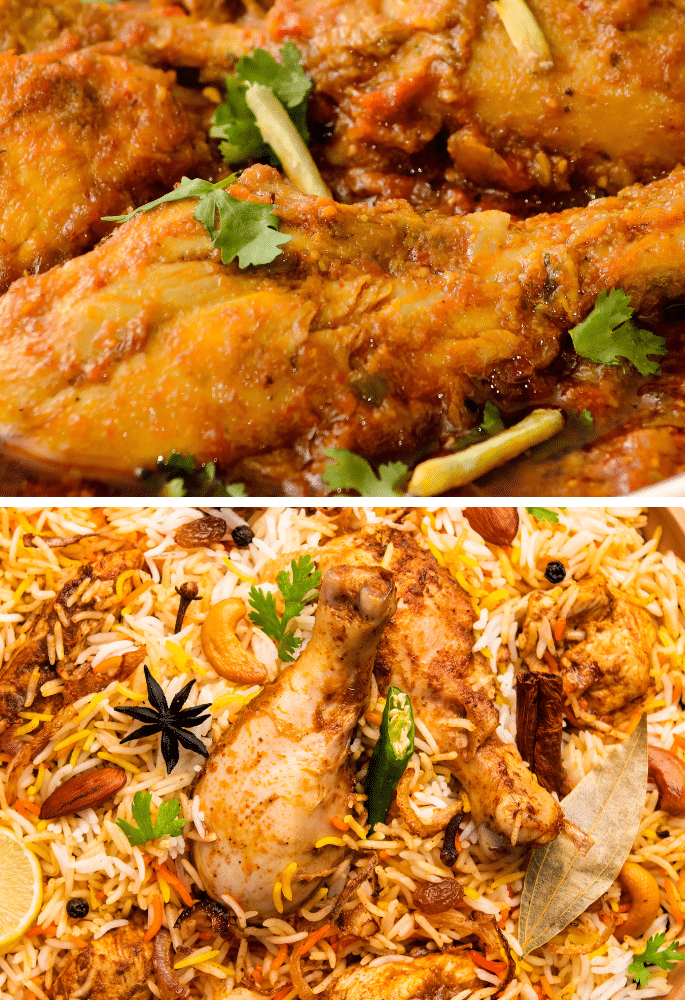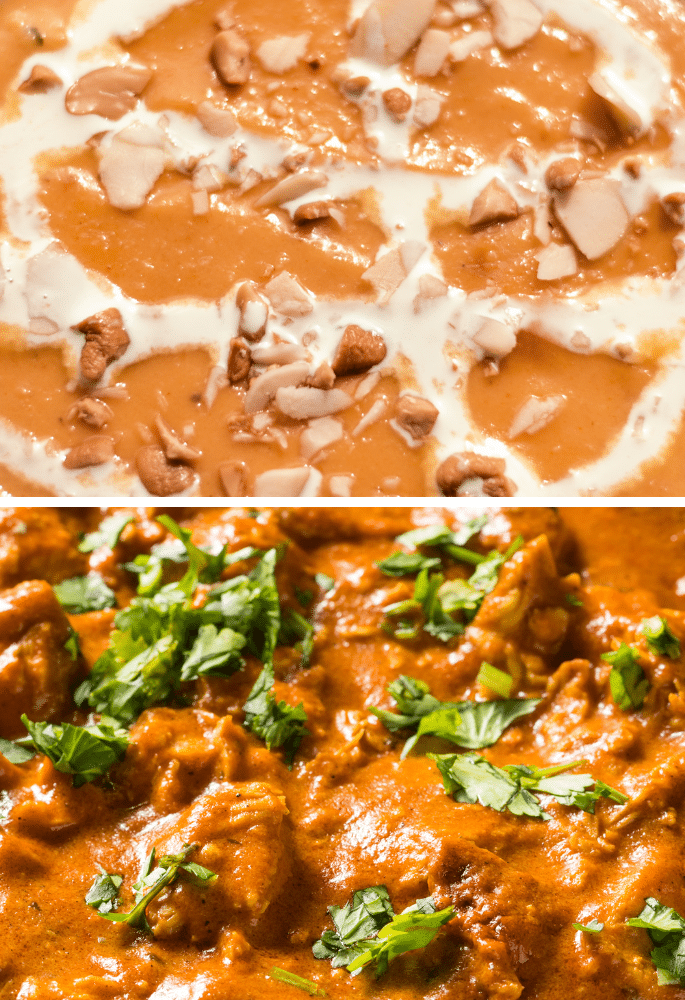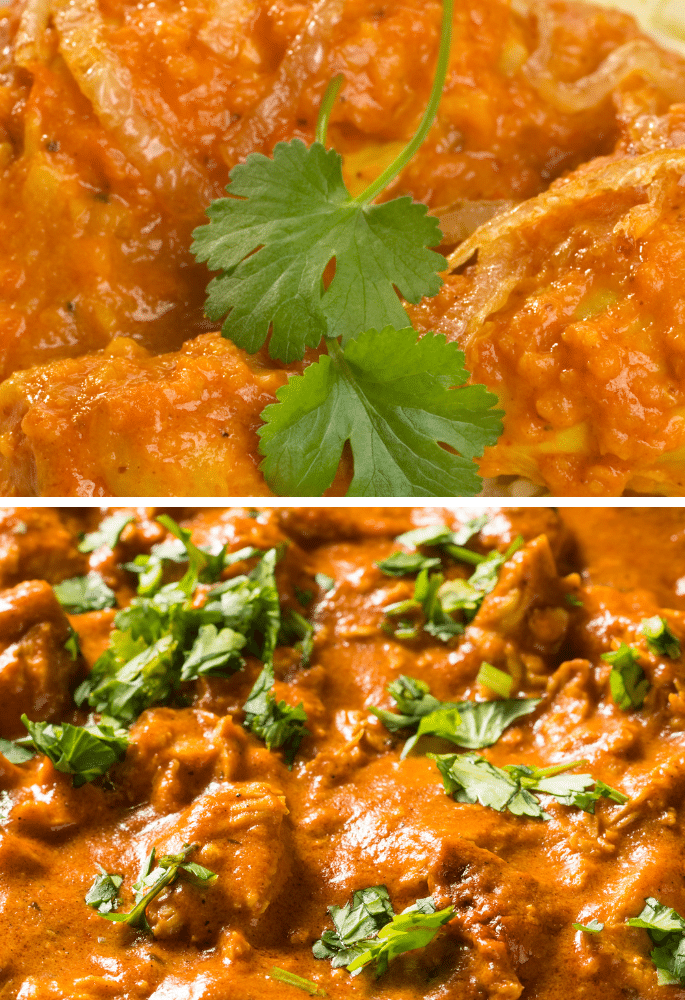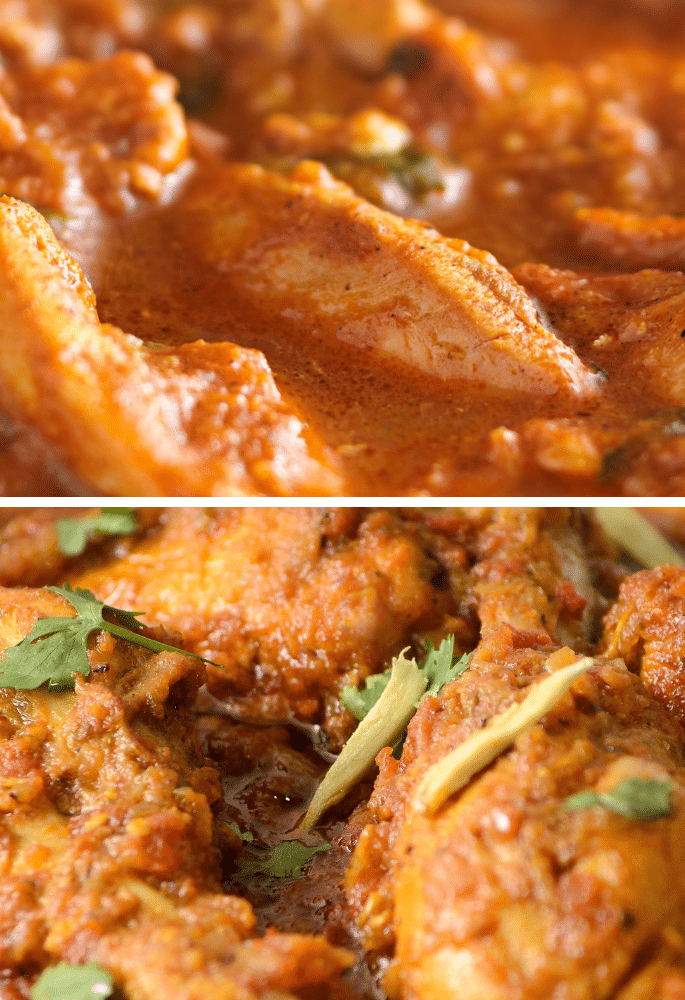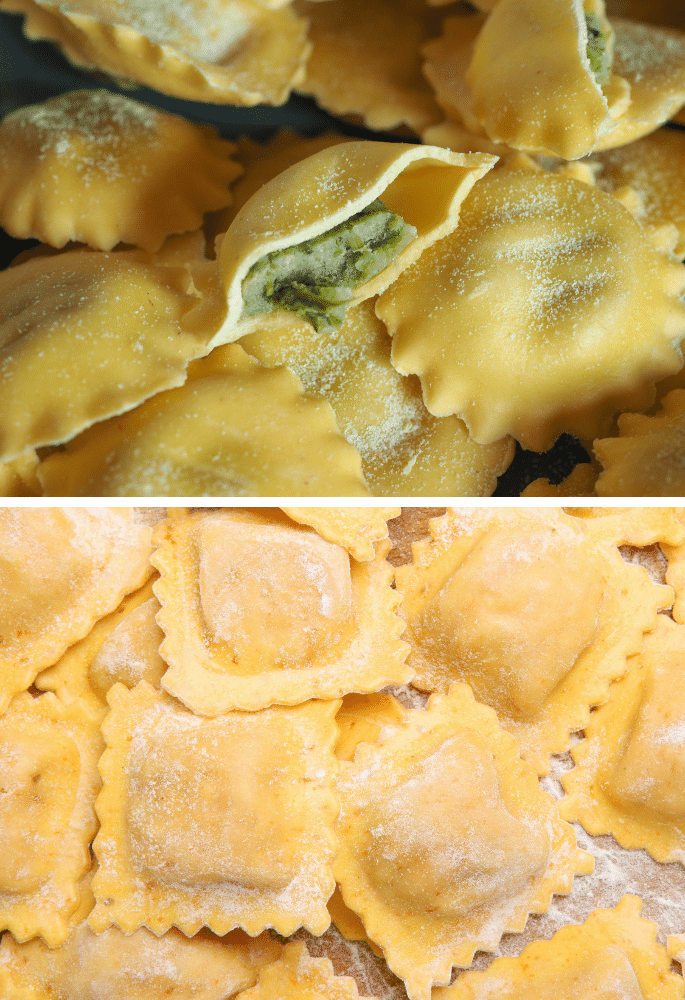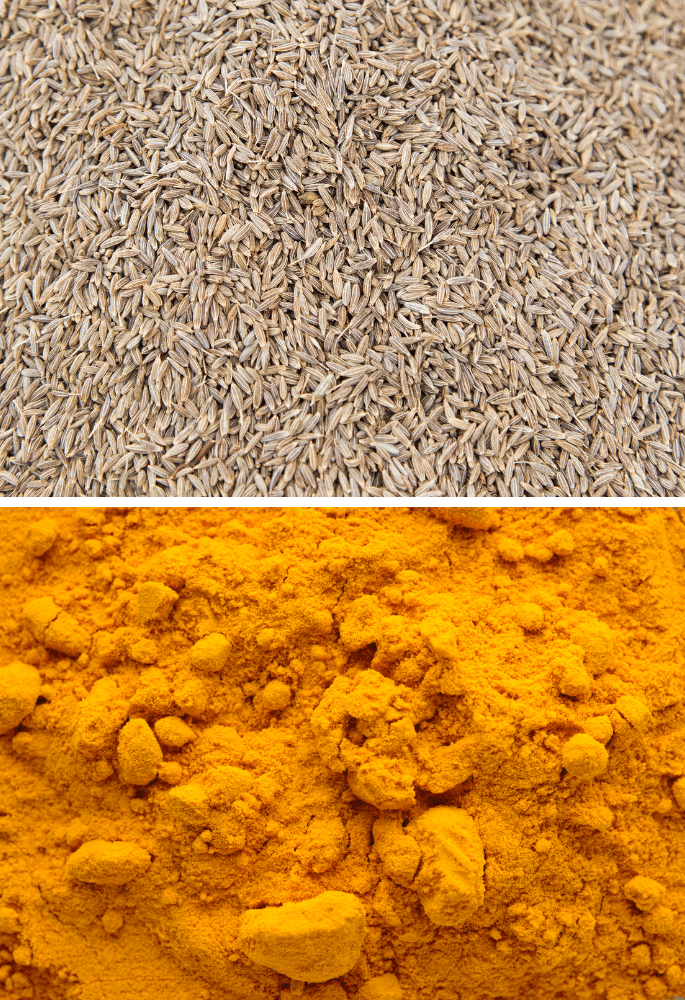Both harissa and gochujang are chilli pastes, but does this mean they can be used interchangeably? If you’ve run out of harissa, could you swap it out for gochujang? Or are there far too many differences between these two ingredients?
The main differences between harissa and gochujang is the flavour and the origins. Harissa is from Tunisia and is smoky and sweet with a mild heat. Gochujang is from Korea and is tangy, salty and spicy.
What is Harissa?
Harissa is often described as being the sriracha of North Africa – and that is a fairly apt description.
It originally comes from Tunisia and is a chilli paste made with dried red chillies, garlic, lemon juice, olive oil, cumin, coriander and caraway. Some variations may have other spices or even rose petals added to them.
Harissa is now fairly easy to pick up in your local supermarket – usually sold in jars or squeezy tubes. Having said that, making your own isn’t difficult and involves grinding all the ingredients together in a pestle and mortar.
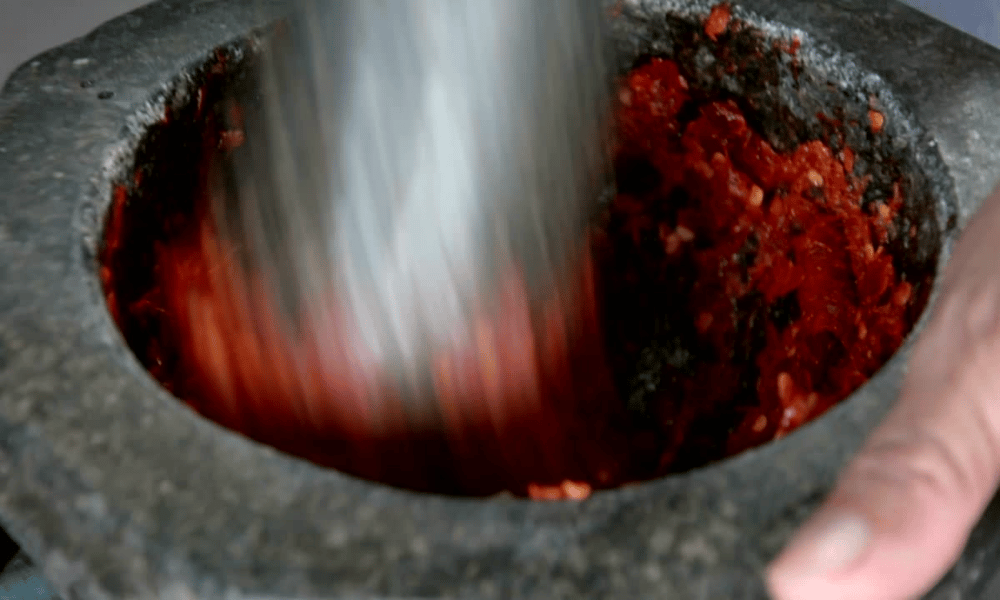
Harissa has a complex flavour. It is peppery, smoky, spicy, sweet and tangy. This is why it works so well in various Middle Eastern and North African inspired dishes.
Harissa is incredibly versatile. It can be used in your cooking to marinate meat and vegetables. It can also be stirred into yoghurt or mascarpone for a quick, easy dip or dressing.
What is Gochujang?
It might not be an ingredient you’re familiar with but once you get to grips with how versatile an ingredient it is, gochujang will begin to make a regular appearance in your cooking. But what is it?
Gochujang is a thick, sticky red chilli paste made from gochugaru chilli flakes, glutinous rice, fermented soybeans, and salt. The combination of ingredients and fermentation gives gochujang that iconic umami flavour.
The fermentation process sets gochujang apart from many other chilli pastes. As it ferments, usually outside in pots, the glutinous rice converts starch to sugar, which gives gochujang its sweetness.
Gochujang has one of the best flavours of all chilli pastes. It is spicy with heat, but it is also tangy and fruity from the fermentation process, salty from the soybeans and sweet from the glutinous rice.
Gochujang is not something that can be eaten neat or as a dressing. Instead, it is usually combined with other ingredients to create marinades, add flavour to soups and stews and combine with sesame oil for an easy sauce.
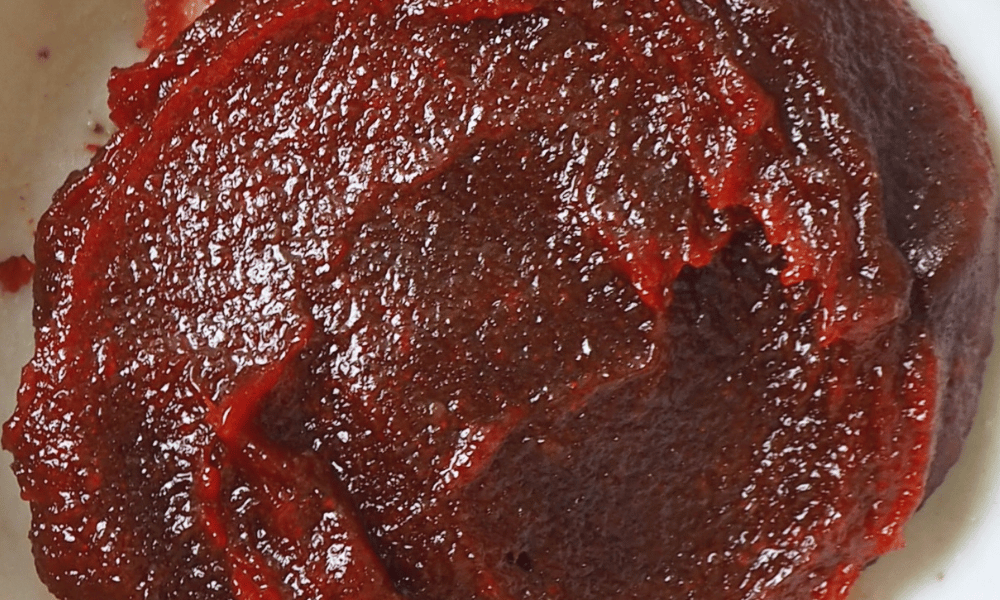
Differences Between Harissa and Gochujang
The list of differences between harissa and gochujang is extensive. Here are several ways they are completely different.
- Origins – The first place to begin is where the two pastes are from. Harissa is from North Africa and is believed to have been invented in Tunisia in the mid-1550s during the Spanish occupation. Gochujang is from Korea, with recorded mentions of a spicy paste going back to the mid-9th century!
- Ingredients – Besides chilli, the remaining ingredients between harissa and gochujang are completely different. Harissa has olive oil, spices and citrus included. Gochujang is made with miso and glutinous rice
- Flavour – Harissa is a smoky, chilli paste with a citrus hit, whereas gochujang is a sour, tangy, and fruity paste with increased heat. You also get an underlying saltiness with gochujang from the miso.
- Consistency – Gochujang has a sticky paste-like consistency. It is spoonable and not something you could pour. Harissa, however, is much looser often with a chunkier texture. This is because it is usually combined with olive oil.
- Time to Manufacture – Once the chillies are dried, the time to produce the two pastes is completely different. Harissa can be thrown together in a few minutes. Gochujang, however, should be fermented for between 4 and 6 months.
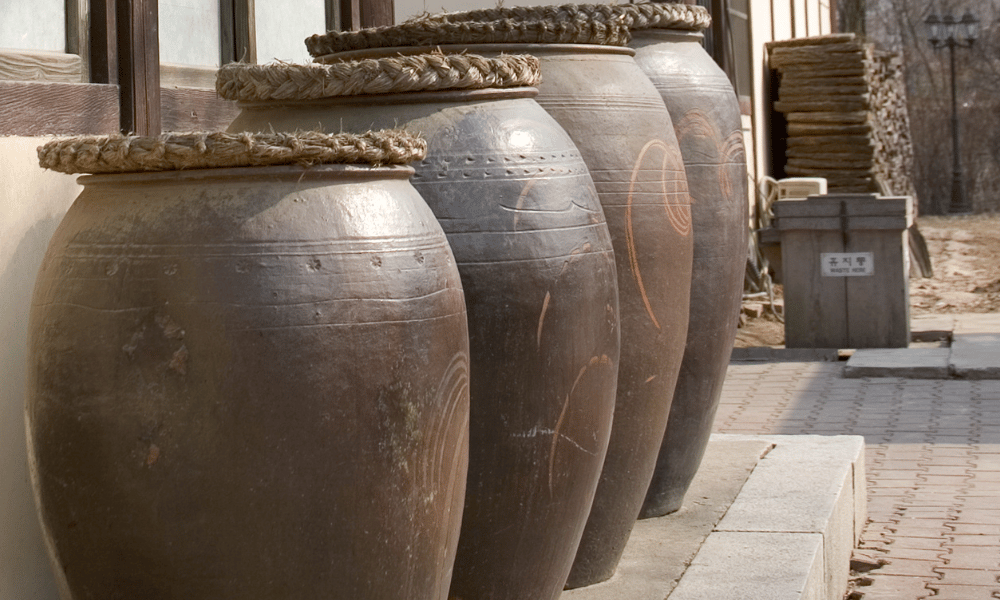
Similarities Between Harissa and Gochujang
The list of differences is extensive, but they do share a couple of similar characteristics:
- (Some) Uses – Although harissa can be used to dress dishes, unlike gochujang, many uses are the same. Both pastes are often stirred into stews, added to marinades or mixed with oil to form a dipping sauce.
- Ingredient Type – Ultimately, both harissa and gochujang are forms of chilli paste that are used to add heat and spice to a variety of dishes. This might be a vague similarity, but it is also why some people think you can use them for one another.
Harissa vs Gochujang: Which Wins?
Harissa and gochujang have completely different flavour profiles and will completely change the flavour of your dish. So, if you had to pick, which do you think is better?
Do You Prefer Harissa or Gochujang?
Harissa and Gochujang FAQs
When comparing harissa and gochujang, if you still have questions, then these FAQs might help you out:
You could make your own quick substitute for gochujang by combining miso paste with chilli flakes and a drop of honey for sweetness.
If you need to use something instead of harissa, then consider using sriracha which will bring heat and sweetness to marinades and dressings.
Lewis is the founder and editor of Let’s Foodie alongside other food-related platforms including FreezeIt and SubstituteIt. He launched Let’s Foodie to provide aspiring cooks with one place to get the answers to some of the most commonly asked cooking questions.

